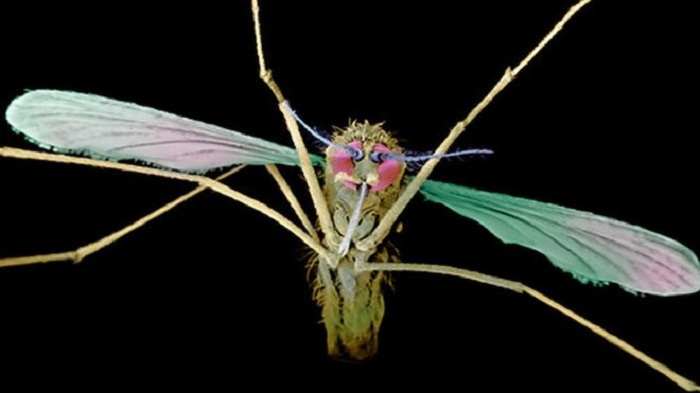In laboratory tests, two sweetgrass compounds drove mosquitoes away from tantalising fake blood samples, just as well as the widely-used repellent Deet.
Further tests are needed to see how long the effects last.
The researchers say folk remedies are a rich source of possible new repellents
"This is the fourth plant that we`ve investigated in this manner," said Charles Cantrell, a research chemist who works for the US Department of Agriculture.
"The neat thing about this one is that it produces a compound, coumarin, which has a great odour and was known... to have some repelling properties. And it`s very safe."
Dr Cantrell was speaking in Boston at the 250th national meeting of the American Chemical Society.
"There`s an interesting story about coumarin," he told journalists at the conference.
"Back in the 90s, Avon `Skin So Soft` had a product that people discovered actually worked well as an insect repellent. It wasn`t marketed as an insect repellent, but the effectiveness was well-known among consumers.
"Scientists did an investigation and one of the constituents in Skin So Soft was coumarin - which we`ve now isolated from sweet grass."
Despite this, coumarin is not currently registered or marketed as a repellent, Dr Cantrell said.
The second key ingredient he and his colleagues identified in sweetgrass was phytol, a common constituent in essential oils from plants. Phytol, similarly, is known to repel insects but is not currently marketed for that purpose.
Splat count
Dr Cantrell`s team isolated these chemicals from the grass by passing steam through it, separating the oily and volatile compounds and then further purifying them into 12 fractions.
Those 12 samples were presented to mosquitoes in a special test.
"The bioassay is designed to mimic human skin," Dr Cantrell explained. "You put a blood mimic in a little well and cover it with a membrane."
That membrane is then perfumed with the chemical to be tested, and the researchers simply count the bites.
"We`ll have five mosquitoes per little chamber. You can watch them bite the membrane, but for final confirmation... you squash them, to see which ones contain the red dye."

Once these results were in, the team identified the specific molecules involved using spectrometer.
Coumarin and phytol were the stand-outs, Dr Cantrell said.
"In this three minute time-frame, measuring the number of bites, they were just as effective as Deet."
The next step is to test them over a more practical time frame.
"We don`t know yet what the duration of repellency is. It may work well in our bioassay for three minutes, but how does it work for three hours?
"These are questions that we`re going to try to answer over the next year or two."
More about:
















































